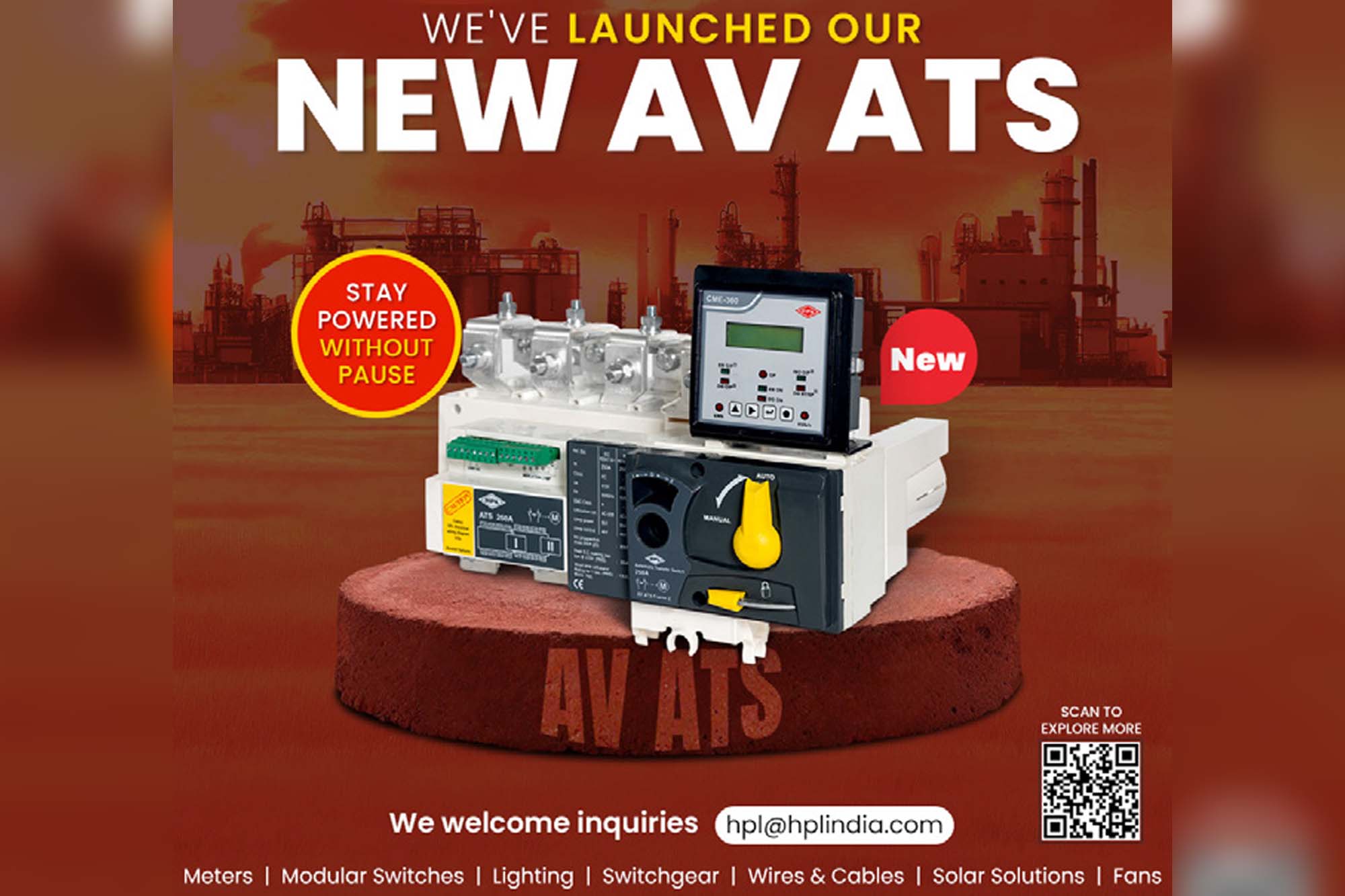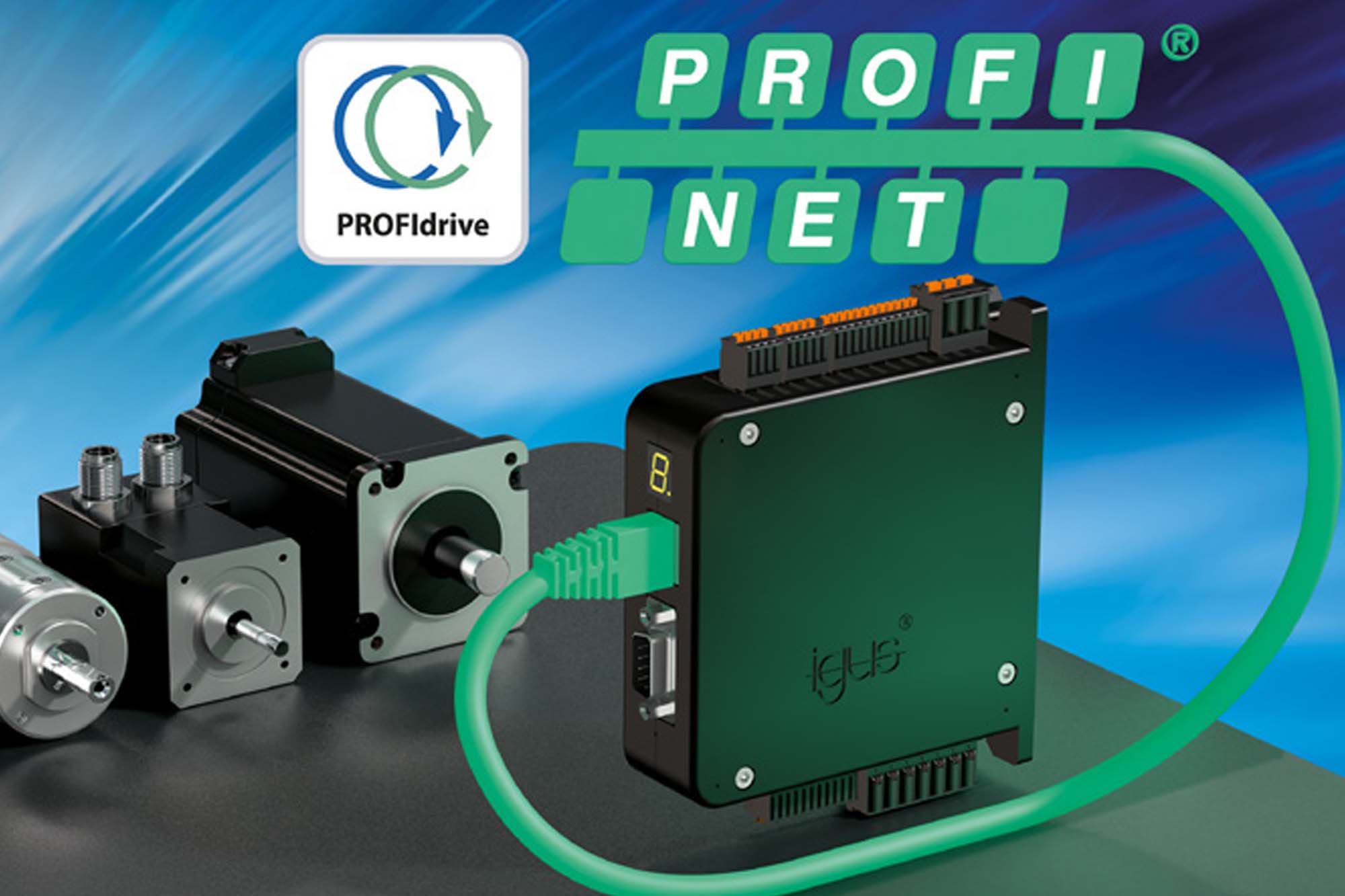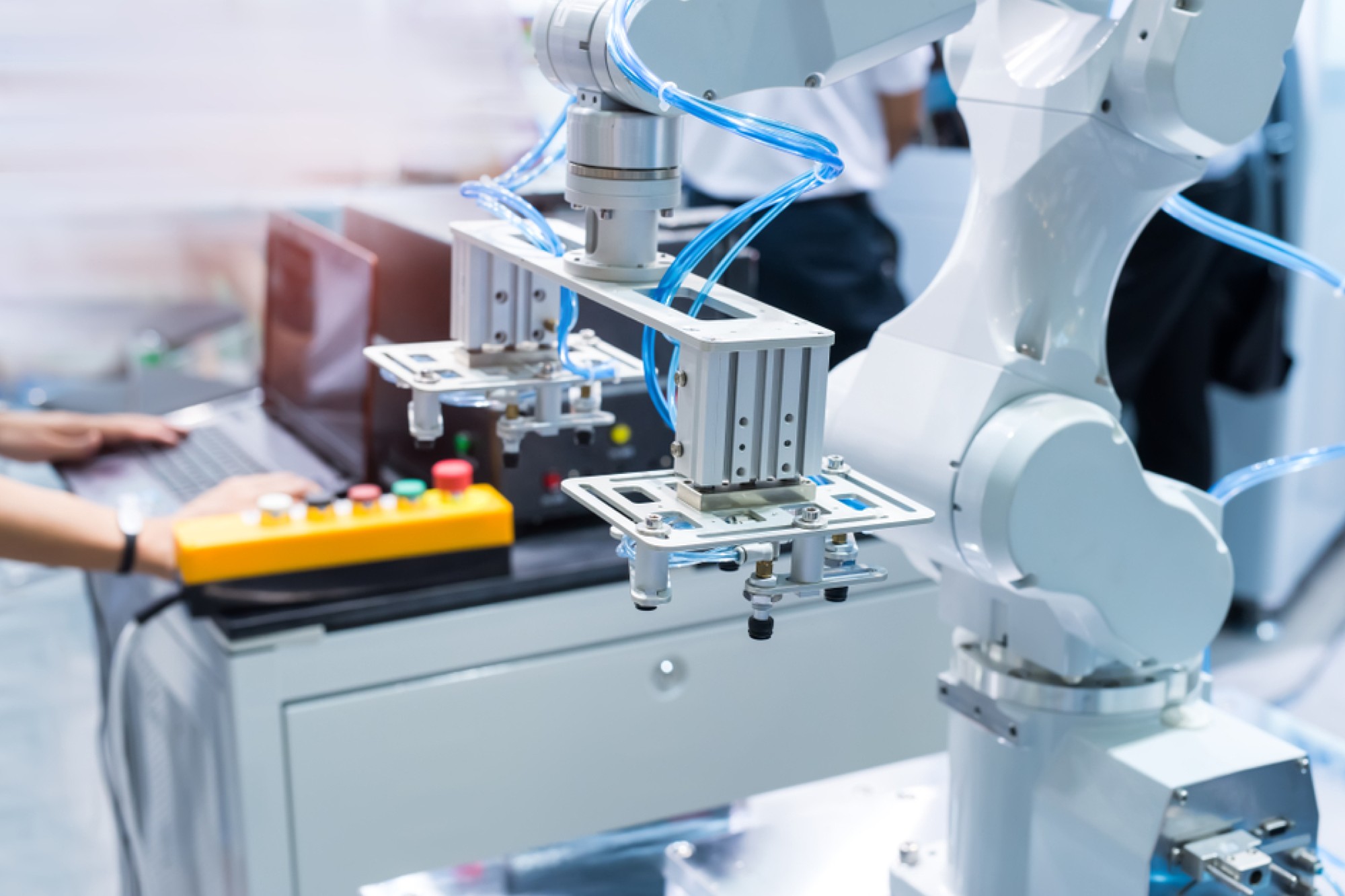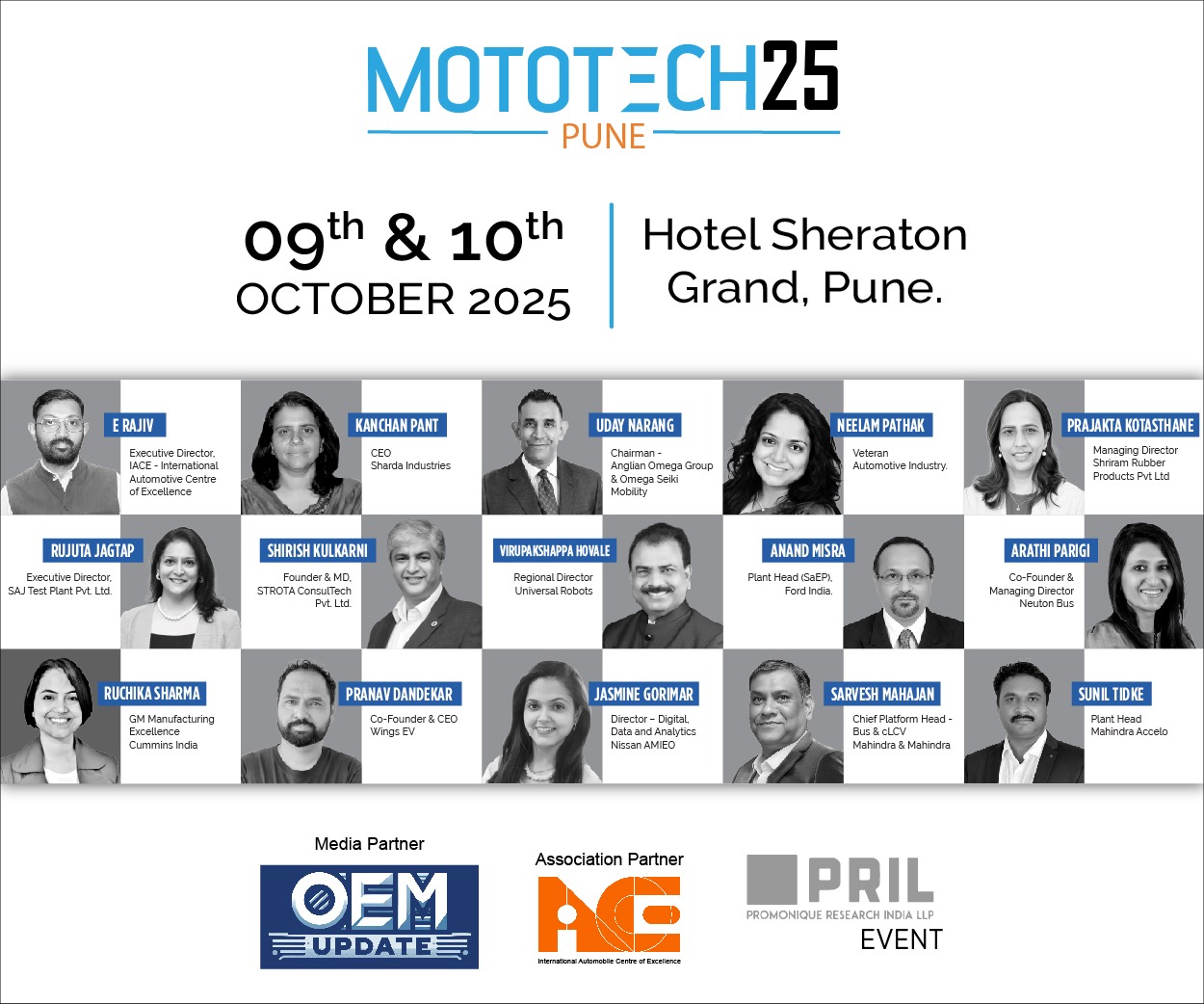Locking and sealing of fasteners: Reliably, cost-effectively
By admin July 16, 2015 11:00 am IST
One of the most common assembly methods in any machinery manufacturing is using fasteners to secure two or more parts together. However, all fasteners are prone to loosening due to vibrations and impacts.
Conventionally, mechanical locking devices viz. spring washers, lock nuts, pins or nylon inserts are used to prevent the fastener loosening. It is proven that while these aids add on to the cost of assembly and but do little to increase the area of contact – the major factor in retention of clamp load.
Failure to increase the contact areaRacecars on dry tracks run best on “slicks”. But Why? More surface contact between tire and track means less slipping on the curves.
The same holds true for bolt, nut, set-screw and stud assemblies. Bolts, studs, set screws and other threaded fasteners are what keep industrial equipment together. Too little surface contact in threaded assemblies can endanger high-performance assemblies. The loosening of one single fastener could break a costly piece of equipment. Once one fastener loosens, vibration increases, loosening another fastener, and then another, until finally – downtime.
Considering that fastener loosening is a leading cause of catastrophic failure in any piece of machinery, maintaining proper clamping forces are an important element in fastener effectiveness. In order to hold tightly together, threaded fasteners need the proper initial torque, plus metal-to-metal friction between threads.
In a typical assembly, however, metal-to-metal contact can be as little as 15 per cent — the rest is just air. Air space — poor surface contact — is the reason flat washers, split-ring lock washers, nylon insert nuts and other devices may not keep fasteners in place (Figure 1).
They don’t fill the gaps or prevent sideways, rotational or tipping thread movement. Anaerobic liquid threadlockers, however, perform where mechanical devices fail. Just as slicks on a racecar grip the track, threadlockers help fastener threads grip one another.
Solution: Loctite Anaerobic TheradlockersStarting nearly 50 years ago with a unique liquid resin that hardens in the absence of air, anaerobic technology was invented by Henkel Loctite. This revolutionary method was developed to positively lock and seal threaded fasteners. Today, the use of anaerobic technology continues to hold together complex machines that are used to build everything from automobiles to dishwashers and tractors, to the trucks that deliver them. Loctite products have helped make these machines and inner assemblies less expensive, more reliable, and longer lasting.
Anaerobic adhesives are single component liquid resins that harden to a tough solid when exposed to metal ions in absence of air when confined within the mating surfaces. This anaerobic cure mechanism allows these adhesives to flow and settle evenly between the mating surfaces without curing prematurely. As the liquid anaerobic adhesive cures, it forms polymer chains that find way into every tiny surface imperfection of the mating surfaces, thereby ensuring a 100% metal-to-metal contact. The cured adhesive has a very high cohesive strength and can join the mating parts to their ultimate assembly strength. The surface friction increases because of these interfacial connections lending strength to the assembly. The adhesive completely fills up the microscopic gaps between the mating surfaces to prevent a lateral movement and at the same time sealing the assembly to protect it from corrosion that may result from moisture, gases or fluids.
Based on the anaerobic technology, Loctite Thread lockers do what the mechanical aids cannot: applied liquid on the bolt, they completely fill up microscopic gap between the interfacing threads. After assembly Loctite threadlockers cure in absence of air and in presence of metal ions to a tough solid that prevents the relative movement between the threads. What’s more, the cost per application is lower as compared to the conventional mechanical aids (Figure 2).
In response to industry needs, Henkel Loctite pioneered Threadlocker Adhesives with precisely controlled strength, resistance to extreme environments, and even varying viscosities to meet virtually any application need. All Loctite Threadlocker Adhesives can be applied with manual, semi-automatic or automatic dispensing systems.
Six facts about fastener assembliesHere are six points that all design, assembly and maintenance engineers should know about using liquid anaerobic threadlockers to improve the reliability of fasteners, thereby enhance assembly effectiveness and maximise efficiency:
1. Thread space allows movement.Mechanical locking devices are designed to keep fasteners from rotating by gripping or exerting pressure at the component’s surface.
They fail because the root of the problem lies below the surface, in the threads. There can be as little as 15 per cent metal-to-metal contact between the threads of a nut and bolt. The empty space leaves room for movement that leads to self-loosening and loss of clamping force.
In time, the bolt becomes almost frictionless, and the threads can easily unwind. Once side movement starts, a bolt may loosen in as few as 100 cycles.
3. Threadlockers stop all types of movement. Loctite anaerobic threadlockers attack the root cause of loosening by filling spaces between the threads, thus stopping sideways, rotational, tipping and other motion.
This is how they work: When threadlocker is applied to fastener assemblies, normal torquing action “pushes” the fluid to lubricate the threads and fill the air spaces.
After the assembly is tightened and the air spaces are filled, the absence of oxygen causes the threadlocker to bond to the metal and cure. This bond creates a secure, one-piece assembly that will not loosen under stress.
By sealing between thread spaces, threadlockers also keep out air and fluids that can cause corrosion- another common source of fastener failure.
4. Threadlockers hold better.Traditional devices for holding fasteners tight – elastic stop nuts, serrated lock washers, split ring lock washers and others – often lead to frustration because they treat only a symptom, the tendency of fasteners to “back out” under stress. Liquid anaerobic threadlockers, by contrast, keep fasteners firmly in place by attacking the root cause of the problem – side movement.
An effective way to evaluate fasteners’ performance is to test them under load in a dynamic test machine. The more clamping force retained after testing, the more reliable the assembly. In tests on a transverse shock and vibration machine, liquid threadlockers drastically outperformed mechanical locking devices (Figure 3).
Bolts secured with threadlocker retained nearly all their clamping force after more than 1,000 cycles. Mechanical devices began to fail almost immediately.
5. Threadlockers are cost efficient. Mechanical locking methods are somewhat effective, but are difficult to justify based on cost. A special nut or washer can cost up to four times as much as an application of liquid threadlocker. Mechanical devices also require extensive and costly inventories to keep the right kinds and sizes (SAE and metric) on hand. Three or four kinds of threadlockers -easy to carry and colour-coded -serve the same purpose.
6. Threadlockers are removable.All threadlocked fasteners can be removed. Different grades of threadlocker can be used depending on the job. Fasteners secured with low- and medium-strength grades can be removed with common hand tools. Those secured with high-strength grades can be removed by applying heat for a specified time (e.g., 450 F for five minutes).
ConclusionLoctite Threadlockers, when used on standard fasteners, can eliminate expensive locking devices and provide increased reliability and quality to your assemblies. One drop prevents loosening and ensures a secure hold. Compare for yourself. Loctite Threadlockers can drive reliability up and costs down. Some of the biggest benefits of Loctite Threadlockers, other than reliability and low cost per application, are that you can pick the strength you need, stop corrosion, seal threads, improve torque control, reduce galling, and minimise inventories. Loctite Threadlockers provide lubricity to achieve controlled torque during assembly, and in operation, they hold critical clamp load pressures under the most severe environments.
Used routinely and universally, liquid threadlockers will enhance reliability, reduce equipment downtime and maximise productivity.
Fastener loosening cannot be predicted, but liquid threadlocker provides the critical ounce of prevention needed to keep equipment up and running smoothly.
For more information, contact: marketing.ag@henkel.com or visit www.henkel.in/enquiry.
Cookie Consent
We use cookies to personalize your experience. By continuing to visit this website you agree to our Terms & Conditions, Privacy Policy and Cookie Policy.















